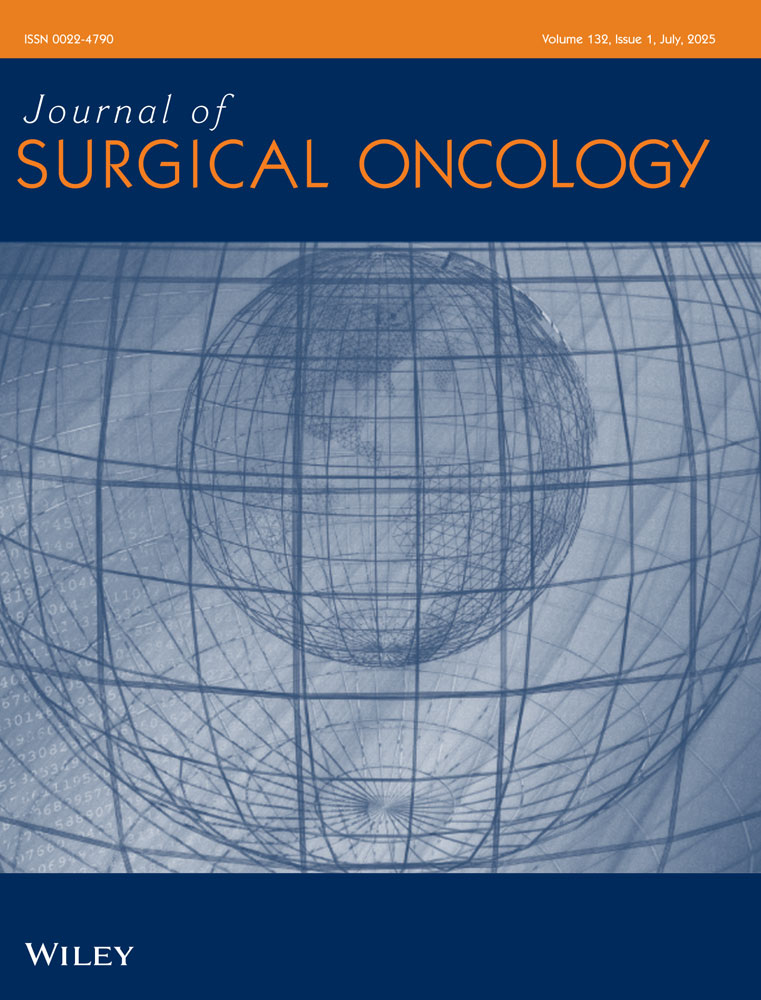Abstract
Background and Objectives
Fas (APO-1) induces apoptosis after binding Fas ligand (FasL). Evidence suggests that tumors may use this interaction to evade the host immune response. Fas/FasL expression has not been reported in esophageal cancer. We hypothesized that Fas expression would render esophageal cancer cells susceptible to Fas ligation and that irradiation of the cells would increase Fas expression.
Methods
Two human esophageal squamous cell carcinoma lines, KYSE 150, which has a wild-type (wt) p53 gene, and 410 (mutated p53), were irradiated. Reverse-transcriptase polymerase chain reaction was used to detect Fas and FasL expression. Fas protein was quantitated by enzyme-linked immunosorbent assay and its presence further confirmed by Western analysis. FasL was detected by Western analysis. Cells were treated with Fas monoclonal antibody (maximum 0.05 μg/ml) ± cycloheximide, and viability was assessed by 3-(4,5-dimethylthiazol-2-yl)-2,5-diphenyltetrazolium bromide (MTT) assay. Cells were also transduced with FasL cDNA and then quantified.
Results
Both lines expressed Fas and FasL, but only the KYSE 150 cell line displayed an increase in Fas following irradiation. No alteration in cell growth was detected for Fas antibody- or FasL-transduced groups versus controls.
Conclusions
We have demonstrated Fas and FasL expression in esophageal tumor lines. We have also shown that Fas levels are significantly increased in response to irradiation in a wt p53 line. However, cells were resistant to treatment with Fas antibody or following transduction with FasL, suggesting that these tumor cells may use Fas/FasL expression to evade the host immune response. J. Surg. Oncol. 1999:71:91–96. © 1999 Wiley-Liss, Inc.




